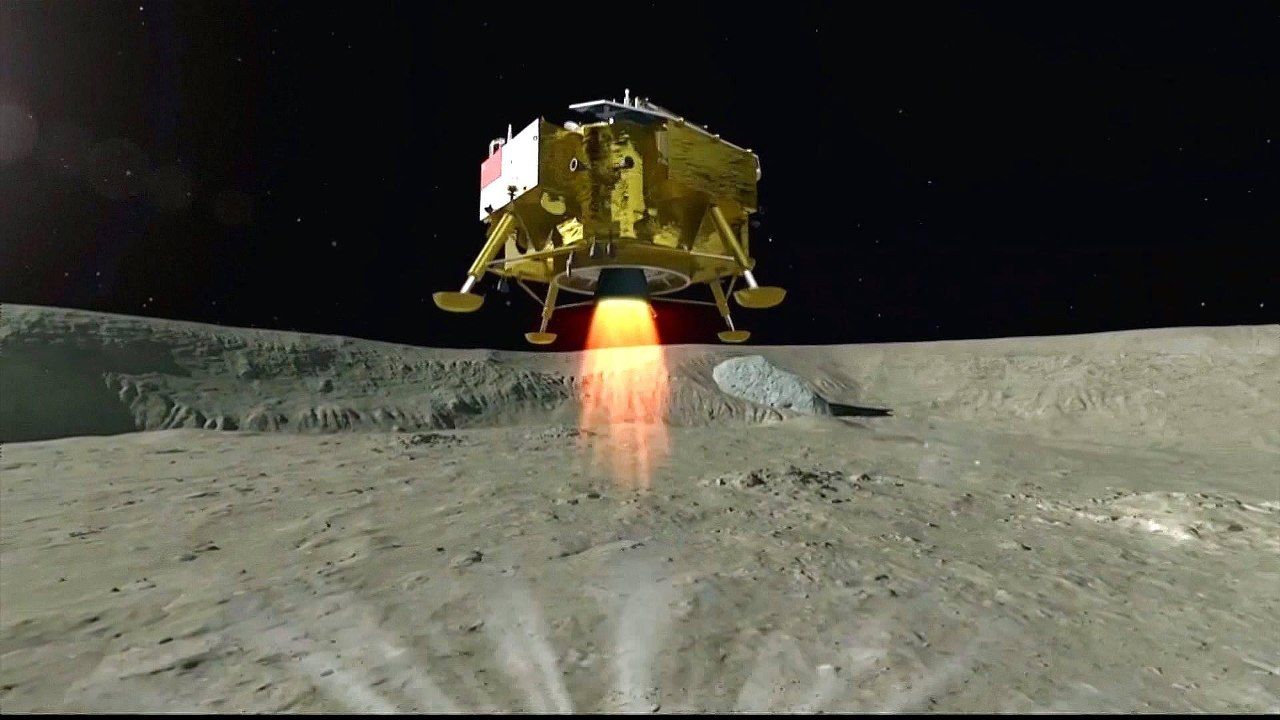Baltic Sea Anomaly: What Is It and Why Does it Confound Scientists?
by Sebastian Kettley February 20, 2019 (express.co.uk)
• Discovered in 2011 by Swedish divers Peter Lindberg and Dennis Asberg, the Baltic Sea Anomaly is a peculiar sonar image in the northern Baltic Sea, in the Gulf of Bothnia (near Sweden and Finland), measuring 210ft (70m) across. The anomaly appears roughly circular in shape, with two inlets and three prong-like portions. Some have suggested it looks like the Millennium Falcon spaceship from the Star Wars film series. (see 1:48 minute video on the anomaly below)
• Some claim that the anomaly is a downed UFO. Others believe it to be a submerged World War 2 bunker, or a glacier remnant, or a perfectly natural geological formation. Others have suggested it could be a 14,000-years-old ancient temple built by a highly advanced civilization.
• Volker Bruchert, an associate professor of geology at Stockholm University, said, “My hypothesis is that this… structure was formed during the Ice Age many thousands of years ago.” “Possibly these rocks were transported there by glaciers.”
• A team of researchers known as the Ocean X Team reported that electronic devices used near the anomaly would mysteriously stop working. “Anything electric out there – and the satellite phone as well – stopped working when we were above the object,” said Ocean X researcher Stefan Hogerborn. “And then we got away about 200 meters and it turned on again, and when we got back over the object it didn’t work.”
• In 2017, an Israeli scientist who studied rock samples collected by Ocean X said the Anomaly contained unusual metals which could not have originated from natural geological processes. The Ocean X Team is adamant that the Baltic Sea Anomaly is not a natural structure. They’ve suggested that the government is holding back the truth of what the anomaly really is. “We have been fooled by our government before, and yes they do everything they can to ruin us.”
The incredibly bizarre phenomenon on the seabed of the Baltic Sea is one of the biggest mysteries of the 21st century. The Baltic Sea Anomaly is a peculiar sonar image snapped in the northern Baltic Sea, in the Gulf of Bothnia, in the year 2011. Due to its unusual shape and large measurements, roughly 210ft (70m) across, conspiracy theorists have claimed the anomaly is a downed UFO. Others have proposed the Baltic Sea Anomaly is a submerged World War 2 bunker, a glacier remnant or a perfectly natural geological formation. So, what is it?
What is the Baltic Sea Anomaly?
The Baltic Sea Anomaly was discovered in 2011 by a Swedish team of divers, dubbed Ocean X Team, who were searching the Bothnian Sea for sunken treasure.
The Gulf of Bothnia serves as a waterway bridging Sweden and Finland and flows into the Baltic Sea.
During a treasure-hunting escapade into the landlocked body of water, the divers snapped a bizarre sonar image at a depth of 300ft (100m) beneath the water.
The anomaly appears roughly circular in shape, with two inlets and three prong-like portions.

From a distance, it looks like a chunky E, although some have suggested it looks like the Millennium Falcon spaceship from the Star Wars series of films.
Due to the Anomaly’s bizarre shape, scores of conspiracy theorists have spent years trying to explain its supposed extraterrestrial origin.
Some have suggested the Anomaly is a 14,000-years-old ancient temple built by a highly advanced civilisation centuries ago.
Peter Lindberg and Dennis Asberg, who discovered the Anomaly, themselves were baffled by their incredible finding.
In an official Ocean X Team video uploaded to YouTube in December 2018, Mr Lindberg described the Anomaly as he first saw it.
He said: “One thing I find strange is that we have this hard surface but still we have a darker colour.
“If it is a hard surface it should have this white colour all over it but instead it looks like the bottom, which consists of clay and mud, which is very soft.
“The only hard surfaces we see are these thin lines, which are the corridors and the angular structures we have on the object.
“So this is something I want to find out – why it looks like this.”
1:48 minute video clip on Baltic Sea Anomaly
FAIR USE NOTICE: This page contains copyrighted material the use of which has not been specifically authorized by the copyright owner. ExoNews.org distributes this material for the purpose of news reporting, educational research, comment and criticism, constituting Fair Use under 17 U.S.C § 107. Please contact the Editor at ExoNews with any copyright issue.

